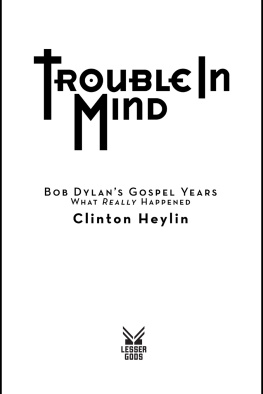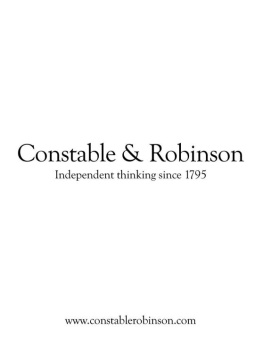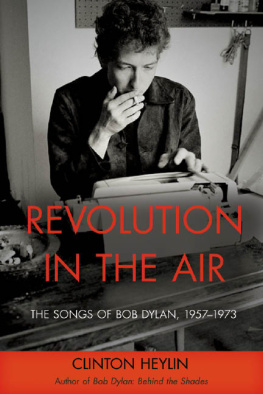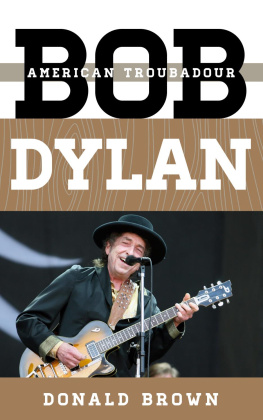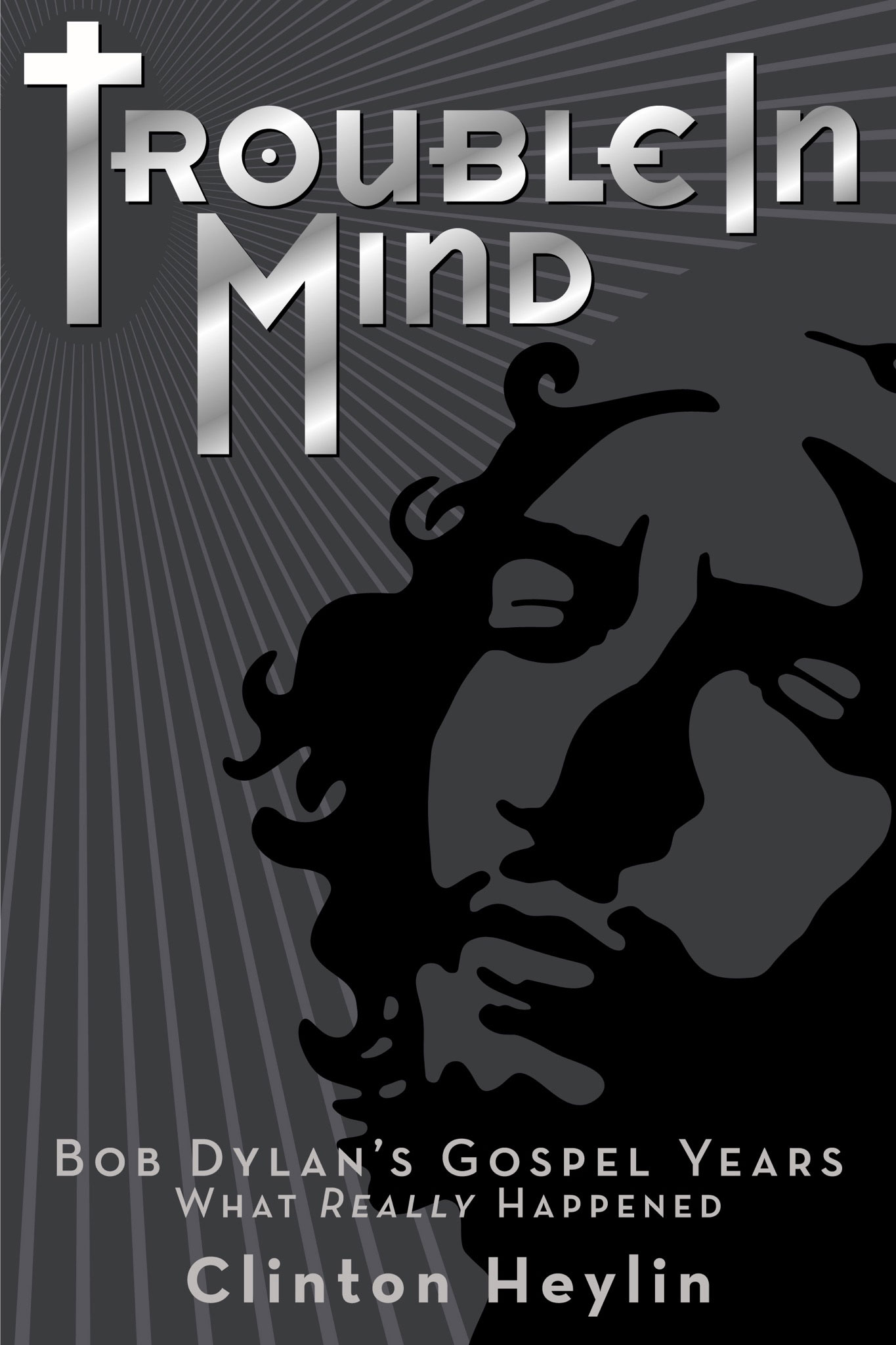Copyright 2017 Clinton Heylin
All quotations are for review, study or critical purposes.
Every reasonable effort has been made to contact all copyright holders.
All Bob Dylan lyrics are Bob Dylan / Special Rider Music.
Caribbean Wind typescript reproduced with permission.
Photo Insert:
Photos by Marty Katz and Chris Bradford
Cover Design:
Michael Doret
first published in the united states of america in 2017 by :
Lesser Gods, 15 W. 36th St., 8th Fl., New York, NY 10018,
an imprint of Overamstel Publishers, Inc.
phone (646) 850-4201
www.lessergodsbooks.com
All rights reserved. No part of this publication may be reproduced,
stored in a retrieval system, or transmitted in any form or by means
electronic, mechanical, photocopying, or otherwise,
without prior consent of the publisher.
distributed by : Consortium Book Sales & Distribution,
34 13th Ave. NE #101, Minneapolis, MN 55413
phone (800) 283-3572
www.cbsd.com
first edition November 2017 / 10 9 8 7 6 5 4 3 2 1
printed and bound in the u.s.a.
isbn :978-1-944713-48-5
library of congress control number : 2017943990
To Debbie Gold.
She was a friend of mine.
INTRO:
BEFORE THE FLOOD
I never felt like I was searching for anything. I always felt that Ive stumbled into things or drifted into them. But Ive never felt like I was out on some kind of prospector hunt, looking for the answers or the truth... I never went to the holy mountain to find the lost soul that is supposed to be a part of me... I dont feel like a person has to search for anything. I feel like its all right in front.
BOB DYLAN TO DENISE WORRELL, 1985
Caveat emptor: I am an evangelist. That is to say, when it comes to the evangelical part of the Dylan canonwhat in mediaspeak has been defined, rather misleadingly, as the gospel years (i.e. 1979-81)Im a believer. Not a trace of doubt in my mind.
From the moment I heard a live performance of Covenant Woman from the November 79 Warfield shows at a one-day Dylan convention in Manchester the following month, I knew the man had (re)connected to the wellspring of his art when that ol sign on the cross began to worry him.
As I have long argued, in person and in print, the consummate songwriter composed a body of work in the period 1979-81 which more than matches any commensurate era in his long and distinguished careeror, indeed, that of any other twentieth century popular arist.
But unlike that other seminal starburst of inspiration, the one between 1965 and 1967, the afterglow of this cerebral explosion is barely reflected within the grooves of the trilogy of albums CBS released in real time: Slow Train Coming (1979), Saved (1980) and Shot Of Love (1981).
Perhaps its because Dylans heart really wasnt in the process of making records at the time. He did, after all, suggest in an interview designed specifically to promote the third album in said trilogy, that his primary interest was playing songs which [a]re gonna relate to the faces that Im singing to. And I cant do that if I[m] spending a year in the studio, working on a track. Its not that important to me. No record is that important. Said interview appeared on a CBS promo album.
The epicenter of Dylans artistry at the cusp of the decadesas it had been in the mid-seventieswas the stage; surely one reason why, starting in November 1979, he took an acetelyne torch to the 1978 set-list and began afresh. As he said at the time on his one radio interview, quoting 2 Corinthians, All things become new, old things are passed away.
To howls of protest that couldnt help but remind one of the folk-rock furor thirteen years earlier, he delivered the same unrelenting Good News/Bad News message night after night, while each night becoming born again as a performing artist in front of the aghast eyes and ears of Dylan apostates.
Just as from September 1965 to May 1966, the shows which ran from November 1979 to the following May saw the gospel gauntlet thrown down nightly. Dylan delivered an unceasing barrage of biblical glossaries set to the soundtrack of a heavenly choir and a band of unbelievers riding the musical tide all the way to New Jerusalem. But this time there was no near-death experience to deflect Dylan from his chosen path. He would continue beating his ecumenical drum most of the time for the next eighteen months.
For much of this period, his was very much a voice in the wilderness. Much of the media, and a large percentage of his hardcore fan base, simply switched off. The North American gospel showsAll Saints Day 79 at the San Francisco Warfield exceptedtended to receive only local reviews, and rarely drew ones interested in reporting the facts.
As for the shows themselves, journalists delighted in reporting that this voice of a generation couldnt even sell out intimate theaters. Even the eight English shows in July 1981 struggled (and failed) to sell out, barely three years after people were camping out for 72 hours just to get a single ticket for six Earls Court shows.
(Those arch-arbiters of fan demand, the bootleggers, were also switching off just as Dylans muse was switching on again, deeming demand to be insufficient from a demographic of wavering disciples.)
So although Dylan played some ninety-eight shows between November 1979 and December 1980, all but a handful of which were still being taped by hardcore collectors, not a single vinyl bootleg was released in real time; and this, from the most bootlegged rock artist of all time. As for official album sales, the cliff Dylan fell off in 1980 with the catastrophic Saved was one it would take him seventeen years to scale again.
So, on the face of it, hardly the sort of period where a thorough revisit would send ripples of excitement through the Dylan world in 2017. And yet, when at the start of the year Dylans long-time manager hinted to a Rolling Stone reporter that the next Bootleg Series (lucky thirteen!) would reexamine the gospel years afresh, the fan sites were abuzz with anticipation.
Because, as a Nobel poet once put it, Everything passes, everything changes. And three decades on, an official release (or two) of a judicious sample of one or two legendary residencies in San Francisco, Los Angeles, Toronto, Montreal or London ranks high on most Bobcats bucket lists.
Ranking higher still for those whose focus is the studio oeuvre is a set that also affords a thorough reexamination of the two dozen songs Dylan wrote in the six months leading up to the Shot Of Love sessions. With 20/20 hindsight, the album bearing that nameeven though it has real momentsstands as perhaps the most underwhelming Dylan studio collection of original songs to date, with maybe three performances on the official Shot Of Love worthy of inclusion on the double-album it should have been: the title-track itself, a Property Of Jesus that aside from a remix could hardly be bettered, and Every Grain Of Sand.
The good newspraise the Lord of Happenstanceis that the period 1979 to 1981 turns out to be among the best documented eras in Dylans six-decadelong career as a recording/performance artist.
The explanation for this resides in two events dating back to January 1978: the purchase of a brand-new, state-of-the-art, eight-track tape machine made by Otari, the MX-5050, shortly after Dylan had signed a five-year lease on a rehearsal studio in downtown Santa Monica.
These serendipitous twists of fate meant Dylan could begin to record most rehearsals at his newly leased studio; demo songs he wished to copyright; as well as run tapes of all the shows he was to perform during a 115-date world tour. The rehearsal studio, known privately as Rundown, throughout this period would even serve as a sometime-recording studio for the two albums which bookend the Rundown era, Street-Legal and Shot Of Love .

